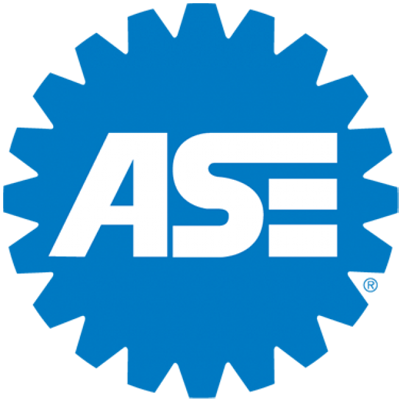The ASE Education Foundation revised its accreditation standards for truck and collision repair training programs, specifically focusing on tasks, tools and equipment related to high-voltage (HV) systems, including those found on electric vehicles and hybrids, it announced in a news release.
Additionally, the foundation has published a list of training resources that schools can use when planning updates to their curriculum and training equipment to address EV technologies. These updates reflect the foundation’s continued commitment to provide solutions to the technician shortage.
“As more and more electric vehicles enter the marketplace, we feel it is imperative to ensure that students entering the workforce today are properly trained to work safely around these systems, even if they are not yet repairing the high voltage systems themselves,” said Mike Coley, president of the ASE Education Foundation. “Collaborating with individuals representing all facets of the transportation industry, as well as instructors and industry trainers, we are developing an evolving road map that programs can use to begin integrating EV technology into their current programs, including a list of training resources for both instructors and students.”
The ASE accreditation standards are updated about every three years to account for changes in technology, tools and service practices. In 2022 and 2023, technical revision committees from industry and education, recognizing the growing number of high voltage systems and electric vehicles, began to add related tasks, tools and equipment to the standards. The initial focus of most of these changes is to ensure entry-level students are able to learn and work around these systems in a safe manner.
“The ASE automobile program accreditation task list will be reviewed and updated in early 2024, so no new high voltage/EV/hybrid required tasks have been added yet,” said Coley. “It is likely that tasks, tools and equipment similar to the ones developed for medium/heavy duty truck and collision repair will be added at that time. We strongly encourage automotive program instructors and administrators consult with their advisory committees, start adopting the new HV/EV tasks, and begin curriculum and budget planning to prepare for the growing need for this knowledge.”
For more information about the new standards and training resources, click here.










Abby Andrews